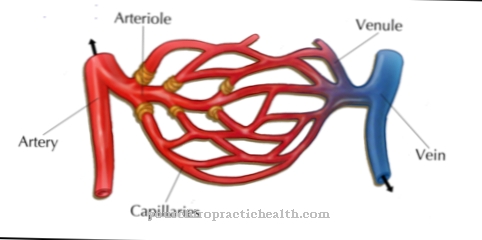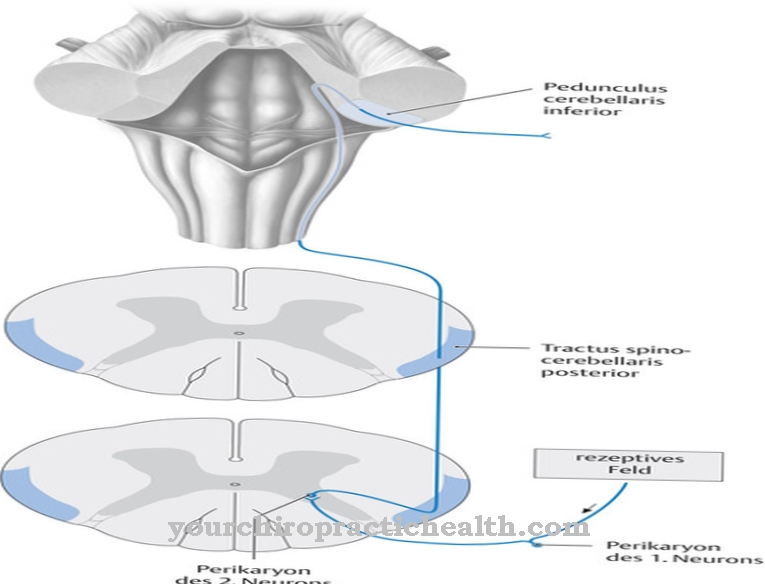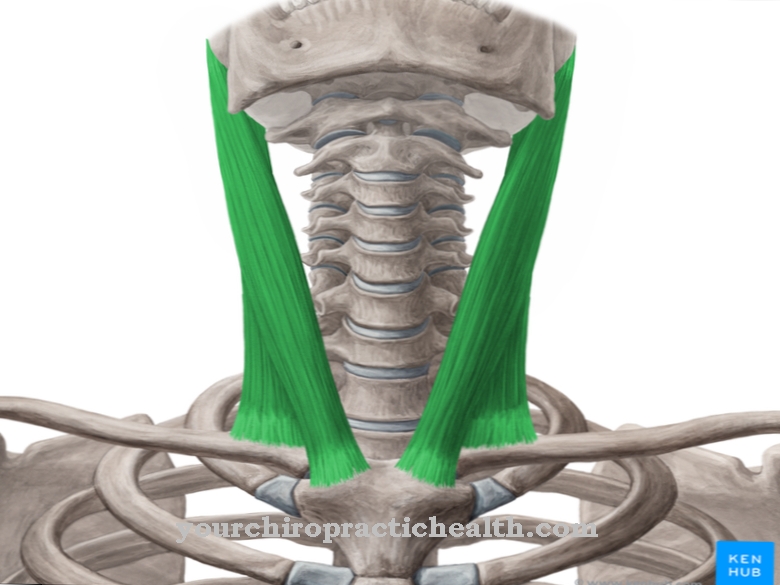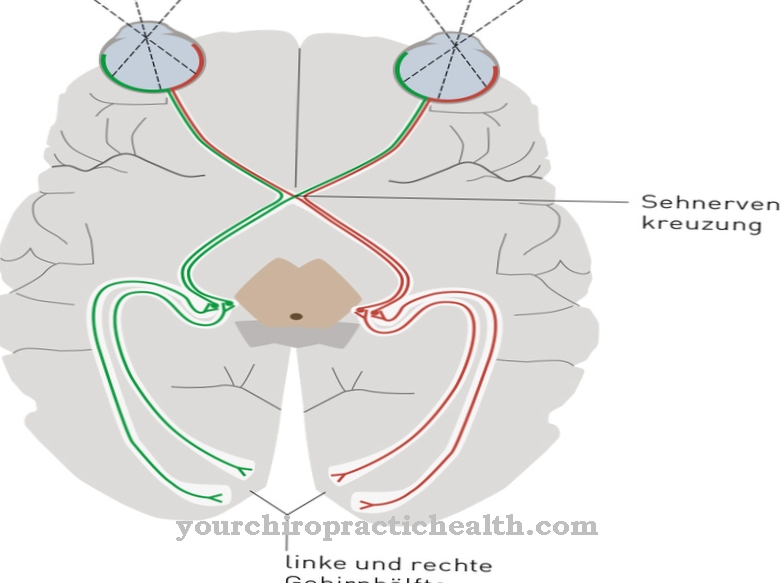Fibroblasts are constructive cells. They produce all the fibers and molecular components of the connective tissue and give it its structure and strength.
What are fibroblasts?
Fibroblasts are connective tissue cells in the narrower sense. They are mobile and actively dividing and produce all important components of the intercellular substance.
This is the basic structure in the tissue in which the cells are embedded. It determines the properties of the fabric. Its components are the so-called amorphous matrix (shapeless, gel-like liquid) and fibers. If the synthesis capacity of the fibroblasts is low, they become inactive and immobile. In this condition they are called fibrocytes. However, the transitions from one form to the other are fluid, so that an exact delimitation is not possible. In the literature, the terms are sometimes used synonymously. This opinion is also supported by the fact that a return from the inactive to the active state is possible at any time.
A special form are the myofibroblasts, which are a mixture of cells of the connective tissue and smooth muscles. They have the ability to contract like muscle fibers. The contraction is transmitted to the neighboring structures via the surrounding elastic connective tissue fibers. This process plays an important role in wound healing, for example.
Anatomy & structure
Active fibroblasts have a high synthetic activity. They have a round to oval nucleus with a pronounced nucleolus and contain many cell organelles that are responsible for the formation of the matrix components.
The Golgi apparatus is very large, there is abundant rough endoplasmic reticulum, and many vesicles and mitochondria. In this state, the cell has many irregularly shaped appendages through which contact takes place with one another. Active fibroblasts seldom form a cluster of cells; they are mostly isolated in the basic substance.
In the inactive state, the shape of the cell and the cell nucleus and the composition inside the cell change. The shape as a whole and the core is more like a spindle. The synthetic cell organelles are less developed. All of the features mentioned lead to the fact that the fibrocyte is smaller than the active form. In the inactive state, the arrangement in the cell structure can be observed more frequently.
Myofibroblasts are clearly spindle-shaped and have long processes. They contain actin-myosin complexes that are capable of contraction. Their shape is similar to that of smooth muscle cells.
Function & tasks
Active fibroblasts produce all components of the matrix, i.e. fibers, glucosamine glycans and proteoglycans. All of these ingredients determine the properties of connective tissue in tendons, ligaments, cartilage, capsules, fasciae and the subcutaneous tissue.
The precursor of collagen, procollagen, is produced in the rough endoplasmic reticulum. It is transported to the cell membrane via the membrane system of the Golgi apparatus and released to the outside. Collagen consists of very resistant fibers that align along the direction of tension and give the matrix its tensile stability. In the event of tissue damage, the production of collagen is strongly boosted in order to form a fiber network at an early stage that covers a defect to protect it. This is a very important step in wound healing. Elastic fibers contain a lot of elastin and are needed where there is frequent stretching, for example in the aorta and lungs. Reticular fibers form a loose network and serve to embed cells or organs such as the spleen.
Glucosamine glycans are multiple sugars arranged in a linear fashion, proteoglycans are large molecules made up of sugar residues and a small portion of protein. Both groups have an extremely high ability to bind water, which determines the volume and tightness of the matrix.
In addition to their regenerative function, fibroblasts also prepare the breakdown of damaged or dead connective tissue. They produce collagenase, a degrading enzyme that is stored in vesicles. If necessary, it is distributed and made available for the dismantling process.
Myofibroblasts play an important role in the first phase of wound healing. They have an actin-myosin complex that enables them to contract. With this process, they tighten and stabilize the newly created tissue after an injury and pull the wound edges together.
Diseases
Fibroblast activity decreases with age, which changes the shape and properties of the connective tissue. It becomes slacker, the support and stability function decrease.
The same applies to weak connective tissue. It is constitutional, there is a congenital weakness in fibroblast activity. They do not produce enough substances for the matrix, which makes it less firm and taut than other people. This process can be supported by external circumstances, especially by being overweight. The consequences are visible on the skin (orange peel) and the veins (varicose veins), but affect the entire connective tissue. Functional disorders can also occur in internal organs or the ligaments of the joints.
A typical disease in which there is increased fibroblast activity is fibrosis. It is mostly triggered by toxins that are absorbed over a long period of time, such as coal dust, flour or asbestos. The increased production of collagen leads to a reduced ability of the connective tissue to expand. Depending on which organ is affected, its functionality is severely impaired. In vital organs, death can result. A typical place of manifestation is the lungs.
Another significant group of diseases in which there is increased fibroblast activity are the collagenoses. There are autoimmune diseases that belong to the inflammatory rheumatic group. The immune system forms antibodies against the body's own connective tissue, which lead to the inflammatory process. In the course of the process, the connective tissue solidifies, which can lead to calcification. The joints (rheumatoid arthritis), the skin or the connective tissue of the internal organs (scleroderma) are often affected. The response affects not only the fibroblasts, but also the cells that become active in an inflammatory response.
Typical & common connective tissue diseases
- Stretch marks
- Progressive systemic scleroderma
- Stretch marks
- Cellulite (orange peel)



























